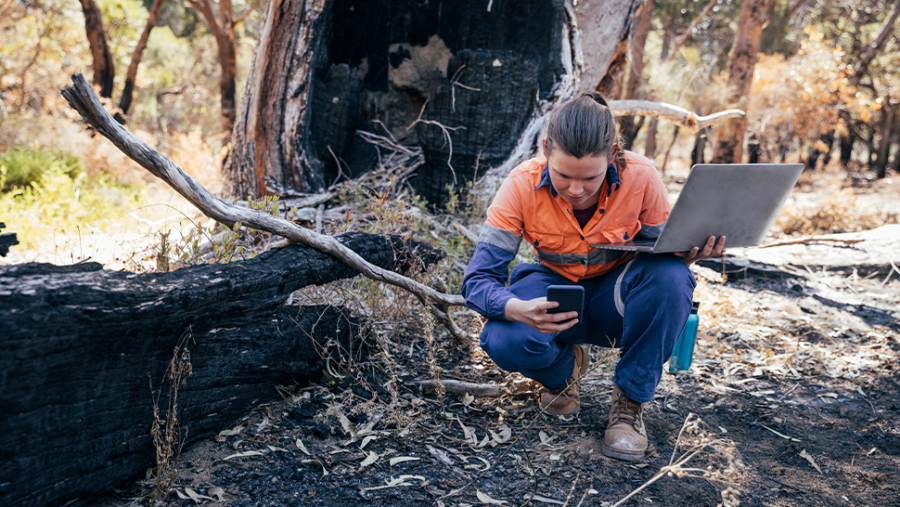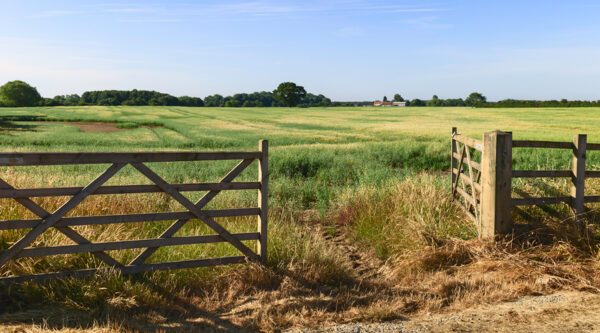

DEFRA is busy promoting the uptake of Environmental Land Management Schemes (ELMS), following its announcement in January 2023 on how the schemes will work, and the opening of applications for Countryside Stewardship Schemes and Landscape Recovery with Sustainable Farming Incentive developments to follow this summer.
Farmers, landowners and their advisers have been pondering how HMRC will treat these schemes as, in some cases, there will be little or no ongoing agricultural activity under them.
This question has also clearly been exercising the Treasury and HMRC as in the last budget the Chancellor announced a consultation on the taxation of environmental land management and ecosystem service markets running from 15 March to 9 June 2023.
The consultation paper is divided into four main chapters:
Chapter 1
The first chapter sets the scene in relation to ELMS and Ecosystem Service Markets (ESM) for the trading of environmental units. ESMs relate to the Government’s awaited Nature Markets Framework, linked to mandatory Biodiversity Net Gain (BNG) to be delivered through the planning system.
The chapter also contains a useful summary of the various potentially tradable units – e.g., Woodland Carbon Units and Biodiversity Units.
Chapter 2
This chapter poses a series of wide questions on the taxation of ESM. These ask about the areas of current uncertainty and essentially what taxes should be raised on the payments generated from the production and sale of units. They also question the timing of tax and how this should interact with the upfront and ongoing project costs as well as the income generated from the units themselves.
Chapter 3
The third chapter gives an overview of inheritance tax (IHT) reliefs applicable to landowners – e.g., Agricultural Property Relief (APR), Business Property Relief (BPR) and Woodlands Relief.
It reminds us that “agricultural property means agricultural land or pasture”, which has “its natural meaning” and includes woodland. It also confirms that land “must be both agricultural property and occupied for agricultural purposes to qualify for [Agricultural Property] relief”.
It is this approach that has been causing concern as the statutory definition of “Agriculture” ultimately comes from the Agriculture Act 1947, when the emphasis was on post war food production and not environmental benefits and nature recovery. One of the questions being asked is, if ELMS and BNG aren’t agriculture then will another relief, such as BPR, step in to prevent IHT being charged?
Chapter 4
This chapter builds on the previous discussion with views sought on potential updates to APR, with lists of schemes that are accepted as not interfering with agricultural use.
Unsurprisingly, the government doesn’t want to bring more land into the scope of the relief – e.g., if previously non-agricultural land is entered into an environmental arrangement. It also asks about the recommendation of the Rock Review about APR being restricted to agricultural tenancies of a term of at least 8 years.
Conclusion
The main industry bodies will no doubt already be preparing their responses and farmers and landowners may want to engage with them on this. A good place to start with the consultation is the summary of the questions asked in the fifth chapter.
Details on how to respond to the consultation before the 9 June 2023 can be found in the sixth chapter.
You can read the consultation paper in full here.










